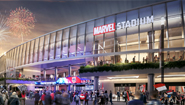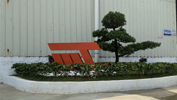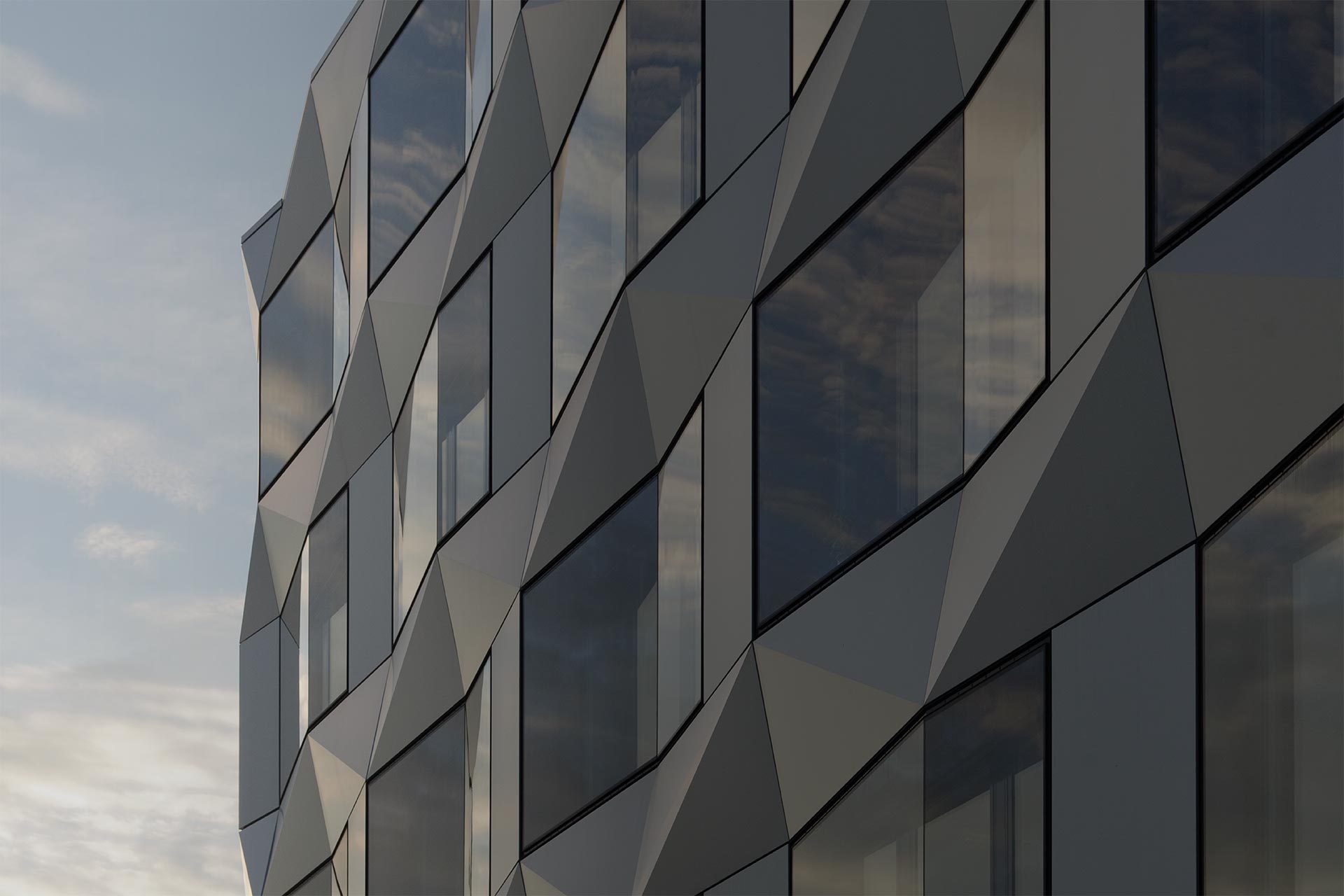In modern construction, the choice of materials is pivotal to achieving durability, aesthetics, and functionality. Among the various options available, aluminum Cladding has emerged as a popular choice due to its versatile properties and benefits. This article delves into the basic purpose of aluminum cladding in construction, exploring why it is favored by architects, builders, and property owners alike.
What is Aluminum Cladding?
Aluminum cladding refers to the application of aluminum panels or sheets over the exterior or interior surfaces of a building. This material acts as a protective and decorative layer that enhances the building's performance and appearance. Aluminum cladding can be applied to a range of surfaces, including walls, roofs, and Facades, providing a sleek, modern finish that is both functional and visually appealing.
1. Protection and Durability
One of the primary purposes of aluminum cladding is to protect the underlying structure from environmental elements. Aluminum is highly resistant to corrosion, making it an excellent choice for buildings exposed to harsh weather conditions. Whether it’s rain, snow, or UV radiation, aluminum cladding shields the building’s core materials, such as concrete or wood, from potential damage.
The durability of aluminum cladding extends the lifespan of the building. It helps prevent issues such as water infiltration and structural degradation, reducing the need for frequent repairs and maintenance. This durability is particularly valuable in commercial and high-rise buildings, where the structural integrity of the facade is crucial.
2. Aesthetic Appeal
Beyond its protective qualities, aluminum cladding significantly enhances the visual appeal of a building. Available in a variety of finishes, colors, and textures, aluminum cladding allows architects and designers to create striking and contemporary facades. The material can mimic the look of other materials, such as wood or stone, while maintaining its own unique modern charm.
The aesthetic flexibility of aluminum cladding makes it suitable for diverse architectural styles, from sleek, minimalist designs to more intricate and decorative patterns. This adaptability contributes to the building's curb appeal and can increase property value.
3. Energy Efficiency
Aluminum cladding also plays a role in improving a building’s energy efficiency. By providing an additional layer of insulation, aluminum cladding helps regulate indoor temperatures. It can reduce heat transfer, thereby decreasing the reliance on heating and cooling systems. This energy-saving feature not only contributes to lower utility bills but also supports environmental sustainability by reducing the building’s overall carbon footprint.
4. Low Maintenance Requirements
Another advantage of aluminum cladding is its low maintenance requirements. Unlike some other materials that may need regular painting or sealing, aluminum cladding is designed to be self-maintaining. It resists staining and does not require frequent cleaning to retain its appearance. This low maintenance nature makes it a practical choice for both residential and commercial applications.
5. Versatility in Application
Aluminum cladding's versatility allows it to be used in various parts of a building. It can cover exterior facades, provide roofing solutions, or even be applied to interior walls. This adaptability makes it suitable for a wide range of building types and renovation projects. Whether for new construction or refurbishing existing structures, aluminum cladding offers a flexible solution that can meet diverse design and functional needs.
Conclusion
In summary, aluminum cladding serves multiple essential purposes in construction. It provides robust protection against environmental elements, enhances aesthetic appeal, contributes to energy efficiency, and demands minimal maintenance. Its versatility further supports its widespread use in both residential and commercial projects. By choosing aluminum cladding, property owners and builders invest in a material that combines functionality with modern elegance, contributing to the longevity and attractiveness of their buildings.

 S1 Clip-in Metal ceiling System
S1 Clip-in Metal ceiling System JMT-L4.2 U-Baffle System
JMT-L4.2 U-Baffle System JMT Aluminum Wall Cladding
JMT Aluminum Wall Cladding Aluminum Honeycomb Panel
Aluminum Honeycomb Panel Air-Condenser Cover
Air-Condenser Cover Metal Heat Cover
Metal Heat Cover Singapore Changi Airport T2 Arrival
Singapore Changi Airport T2 Arrival Australia Marvrl Stadium City Edge
Australia Marvrl Stadium City Edge Enterprise Information Announcement
Enterprise Information Announcement Construction Industry Solutions
Construction Industry Solutions About Jayminton
About Jayminton Contact US
Contact US